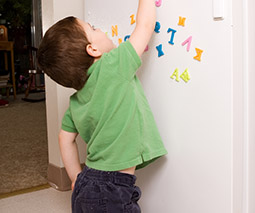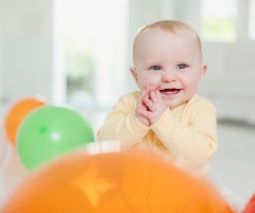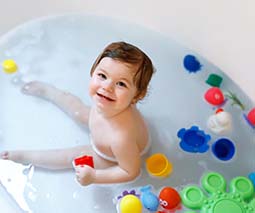A car seat safety checklist – are your kids travelling safe?
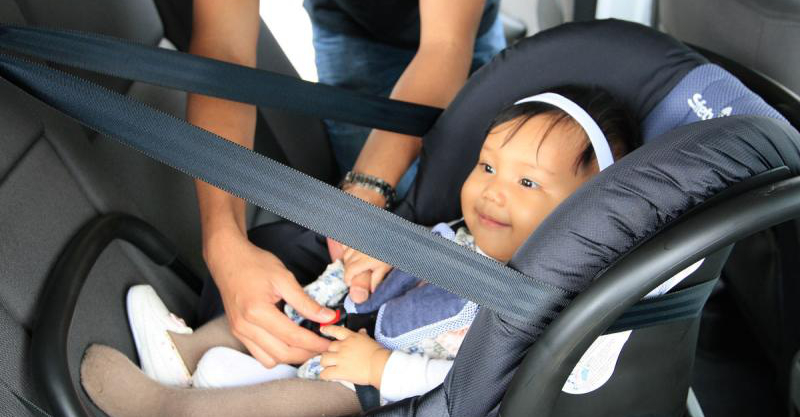
The most precious cargo you will ever have in your car is your children, but how confident are you that every time you put your child in their car seat, you’re doing it properly? Are you using an appropriate car seat for your child’s age and weight? Is it fitted correctly? If you have any doubts, or you want to double check that your set-up is 100 per cent safe and compliant, use this checklist as a guide.
Your children are completely in your hands when it comes to car seats – they’re counting on you to keep them safe, and make the right choices. So go through this list, and ask yourself if you’re doing everything possible to give your children a safe ride each time you hit the road. Print it out – give it to any other carers who may transport your children, and ensure you’re not cutting corners when it comes to your children’s lives.
Check that your car seat is the right one for your child
Up to six months old
The national child restraint laws dictate that babies up to the age of six months must be in an approved, rearward facing car seat.
Six months to four years old
Children more than six months old, but less than four years old, must be in a rear or forward facing, approved car seat, with an inbuilt harness. A child under four years old must not travel in the front seat of a vehicle with two or more rows.
Four to seven years old
Children between four and seven years old must be secured in a forward facing, approved child restraint, that has an inbuilt harness, or in an approved booster seat. They are not allowed to travel in the front seat of a vehicle with two or more rows, unless all the rear seats are being used by children younger than seven, in a car seat or booster seat.
Seven to 16 years old
It’s recommended that if your child is between seven and 16 years old, but too small to be properly restrained by a seatbelt, they should use an approved booster seat. Kids in booster seats should be restrained by either a lap and sash belt, or a child safety harness.
If you’re not sure when your child can move up to the next restraint, have a look at this guide. The correct restraint needs to be based not only on your child’s age, but their height and weight. You will need to constantly monitor your car seat to make sure it is still suitable for your child as they grow.
Check your car seat is fitted correctly
Incredibly, two out of every three child car seats aren’t fitted correctly. Research shows that those children are up to seven times more likely to be seriously injured in a crash, so it’s of ultimate importance that each car seat is fitted properly.
Carefully follow the instructions provided by the manufacturer of the car seat to ensure it’s fitted properly, or have it professionally installed if you’re not confident.
Check your car seat often
It’s not a case of fit and forget once a car seat has been installed in your vehicle. You need to regularly check it’s doing its job properly – and particularly before lengthy road trips.
The inbuilt harness must have a firm fit, with no slack, and the harness straps should lay flat, in contact with the child – they shouldn’t be twisted in any way. When a child is in a booster seat, the sash belt should cross the child’s shoulder and be in contact with the chest. The lap belt should be low on the pelvis.
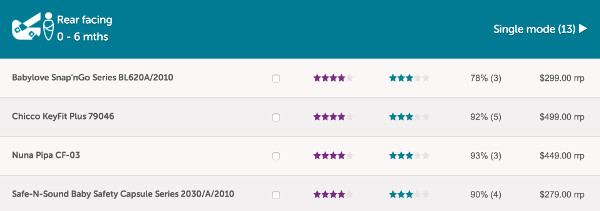
How safe is your car seat?
Just because a car seat is expensive, does not mean it’s the safest one on the market. All car seats sold and used in Australia have to meet some of the strictest safety standards in the world, and they are given a rating to make it easier for parents to choose a safe option. You can find out which car seats are the safest by heading to Child Car Seats, and entering your child’s age and the type of car seat you’re looking for.
(This is a sponsored post for Transport for NSW)

